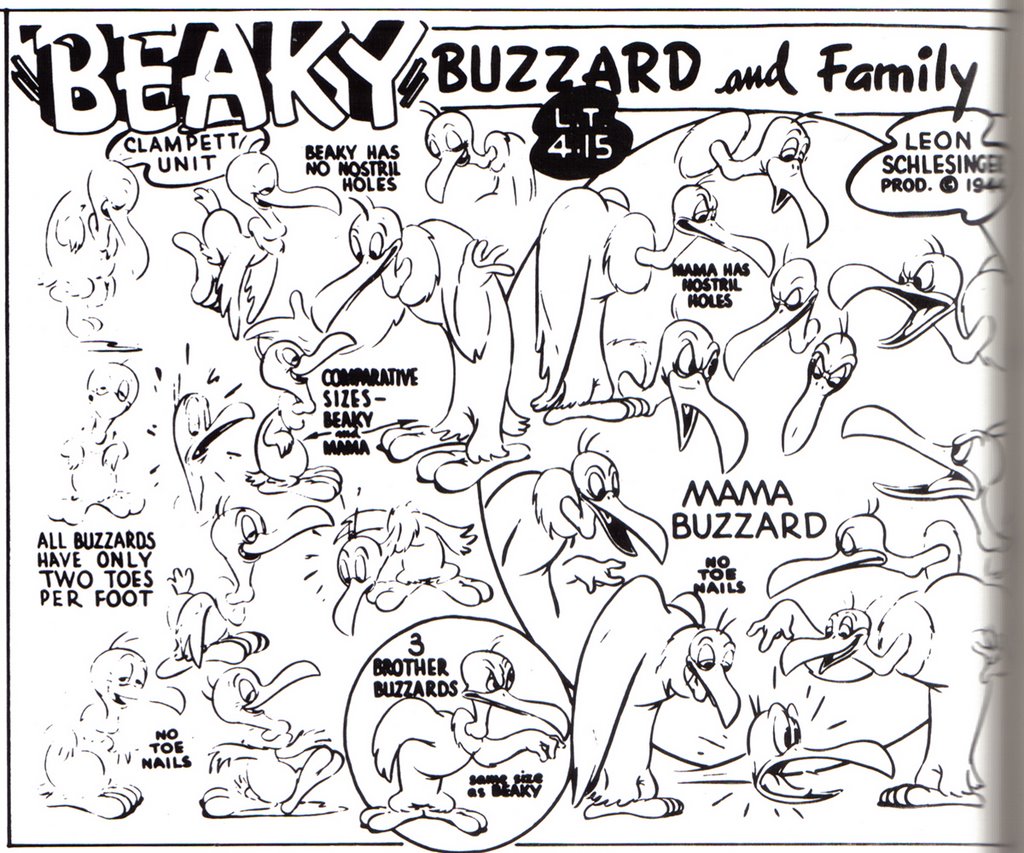 Write a short simple story and draw your characters performing it. Either in a comic or a storyboard format.
Write a short simple story and draw your characters performing it. Either in a comic or a storyboard format. This forces you to draw characters, poses and expressions in context, rather than in the abstract. Your poses have a reason to exist.
This forces you to draw characters, poses and expressions in context, rather than in the abstract. Your poses have a reason to exist. This is much better for you than drawing random doodles in a sketchbook. When you do that, your drawings are slaves to luck and the skill of your wrist flicks-but the drawings don't mean anything because they have no other purpose but to exist in an obscure sketchbook. Or on your blog or Deviantart.
This is much better for you than drawing random doodles in a sketchbook. When you do that, your drawings are slaves to luck and the skill of your wrist flicks-but the drawings don't mean anything because they have no other purpose but to exist in an obscure sketchbook. Or on your blog or Deviantart. There is a huge difference between being able to draw a character that looks sort of like a character - and actually telling a story with pictures. Huge. The second thing is much harder, more important, and infinitely more rewarding.
There is a huge difference between being able to draw a character that looks sort of like a character - and actually telling a story with pictures. Huge. The second thing is much harder, more important, and infinitely more rewarding. All these individual Jim Tyer drawings have attitude and life, but they are part of a story and that naturally inspires him to draw certain poses-not random ones, not only poses that he's already memorized, but specific poses that tell the story and are funny.
All these individual Jim Tyer drawings have attitude and life, but they are part of a story and that naturally inspires him to draw certain poses-not random ones, not only poses that he's already memorized, but specific poses that tell the story and are funny. When you read the actual story in continuity, you can see the characters change attitude, poses and expressions from panel to panel.
When you read the actual story in continuity, you can see the characters change attitude, poses and expressions from panel to panel. Someone in the comments the other day sent me a link of some superhero teenagers from an old Hanna Barbera cartoon series-but drawn in a more modern angular style. His point was to show me that even though the original designs were bland, a talented artist could make them look cool and hip. I looked at the drawing and just saw the same characters standing straight up and down smiling, like they were right off a model sheet. They weren't doing anything. Characters who do things are much more fun than characters who stand around posing as if for a family photo.
Someone in the comments the other day sent me a link of some superhero teenagers from an old Hanna Barbera cartoon series-but drawn in a more modern angular style. His point was to show me that even though the original designs were bland, a talented artist could make them look cool and hip. I looked at the drawing and just saw the same characters standing straight up and down smiling, like they were right off a model sheet. They weren't doing anything. Characters who do things are much more fun than characters who stand around posing as if for a family photo.That's what is so bad about the modern idea of staying "on-model". Most modern model sheets just show the characters standing, doing nothing. And if that's what staying "on-model" means, who needs it?
The best model sheets are the ones that are made after a cartoon is finished - not before. They used to take poses that the directors and animators drew and paste them onto a sheet so that other animators could see the characters alive, doing things and feeling things.
ALIVE

This doesn't mean you should steal these exact poses and use them in place of poses customized to your story. That's another problem we have in animation today. We use the same poses and expressions that we have seen in other cartoons - instead of treating each character and story as something new.
DEAD

I worked on stuff like this for years and it was torture to draw such deadness - or trace it, which is what they wanted me to do.


I know when I try to just draw a character for somebody, out of context - not part of a story, I tend to draw stiff. My most lively drawings are done when I'm thinking about what the characters are doing and why, instead of merely what they look like.
http://jkcartoonstories.blogspot.com/2009/12/slabs-first-fist.html
That's why "designers" should have less say in the total look of a cartoon than they do today. The designs should be allowed to constantly improve as the actual storytellers put the characters into action, rather than just tracing the model sheets.
READ THIS FUNNY JIM TYER STORY: The Brand New Penny
I have lots more to say on the subject of getting life into animation again, but I'll wait and see how this goes over.

